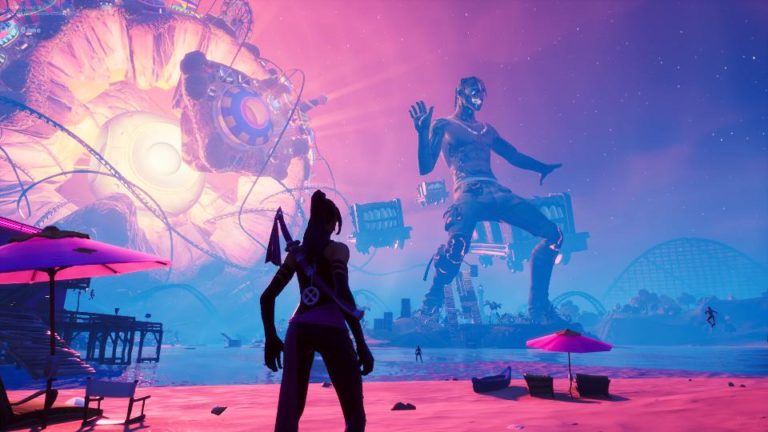
As we enter a new year, it’s time for our annual ritual of synthesizing the lessons from the past twelve months and formulating the outlook for the next twelve. This has been an action-packed year for AR & VR as the world slowly emerges from the grips of a pandemic.
Moreover, 2021 was marked by the emergence of metaverse mania. Though it has legitimate principles and promise, the term has been ambiguated through overuse. It’s also been overhyped in terms of the timing of its arrival. A fully-actualized metaverse is decades away.
Beyond the metaverse, AR and VR continue to be defined by steady progress in several areas. We’re talking mobile AR engagement & monetization; AR marketing and commerce; continued R&D in AR glasses; enterprise adoption; and the gradual march of consumer VR.
So where is spatial computing now, and where is it headed? What’s the trajectory of the above subsegments? This was the topic of a report from our research arm, ARtillery Intelligence. Entitled Spatial Computing: 2021 Lessons; 2022 Outlook, it joins our report excerpt series.
Why Now?
After examining the two main tracks for the metaverse last week, we shift attention this week to examine the timing. More specifically, when looking at all of the elevated interest and investment in the metaverse (a.k.a., “metaverse mania”), one question emerges: why now?
Though a fully actualized metaverse is years or even decades away, the question remains why interest in this concept has been stimulated so voraciously in 2021. Much of it was ignited by Meta’s well-exposed investments and rebrand, but other factors are at play.
These factors have been outlined by leading metaverse thinker, Matthew Ball. Among other things, he manages the Ball Roundhill Metaverse ETF, an exchange-traded fund of metaverse-related companies. It currently has more than $300 million under management.
As for the question of why now, Ball first acknowledges that the conceptual underpinnings of the metaverse aren’t new. But now has proven to be a time where there’s fertile ground for metaverse interest due to several macro factors that have caused the stars to align.
Four Phenomena
What are these factors? Ball points to four phenomena:
1. Network Effect: Concurrent players in online games went from 8-12 people playing Call of Duty or Mario Kart to hundreds playing together in battle royale competitions like Fortnite. Speaking of Fortnite, it has hosted virtual concerts that host millions.
2. Virtual Economies: Digital content grew from a $5 billion market to $50 billion in 2020. This includes in-app and in-game purchases like skins, tools, weapons, and apparel. Demand and user comfort levels for paying real dollars for virtual goods is now a thing.
3. Virtual Currency: NFTs and cryptocurrency create an economic framework to standardize the value of digital goods. They also engender peer-to-peer economies, as opposed to centralized digital sales from a game publisher.
4. The Covid Effect: Covid has de-stigmatized spending time in virtual worlds. This behavior was disparaged by pre-Covid mainstream culture, but has become more accepted and commonplace, including remote work.
Beyond timing, it’s also about money. The metaverse has deep-pocketed benefactors that could accelerate its development. These include Epic Games, Nvidia, Niantic and of course, Meta. But the construction of the metaverse will be a decades-long process.
We’ll pause there and pick it up in the next report excerpt with more…






